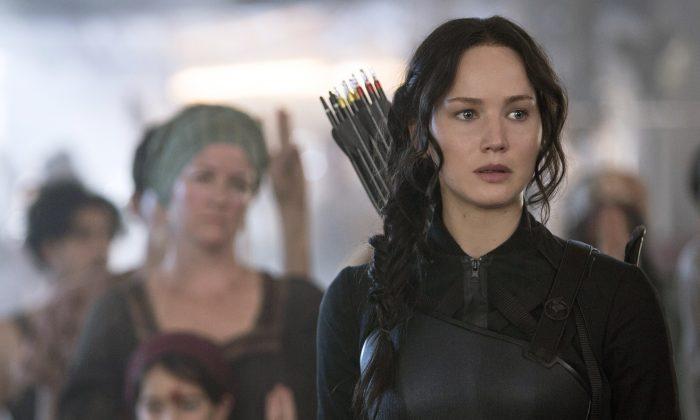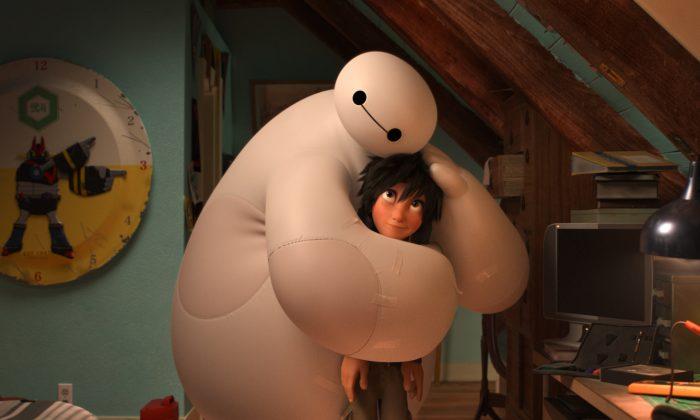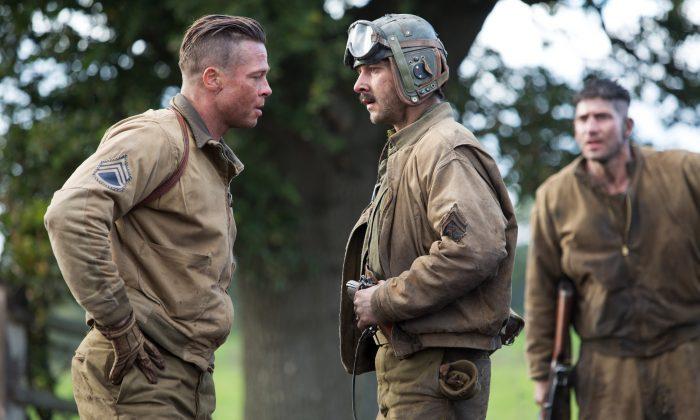LOS ANGELES—In “Interstellar,” Christopher Nolan isn’t just taking audiences to outer space. He’s also sending a couple of robots along for the ride—and they’re just not on board to sweep the floors.
“The idea was that they'd been designed to put humans at ease during extended periods of time,” said “Interstellar” screenwriter Jonathan Nolan.
“They were originally conceived as Marines and programmed to engender the kind of comradery that a Marine would, so they’ve been programmed with a sense of humor and variable levels of honesty.”
The sleek gray ‘bots are walking-and-talking rectangular slabs of shiny metal that operate like a cross between a Swiss army knife and an iPhone. Their blocky fragments can disconnect and rotate to perform a variety of actions, from pushing buttons to cartwheeling across alien planets. (Paramount declined to provide images of the characters for this story.)
In “Interstellar,” a particularly acerbic robot named TARS (portrayed by Bill Irwin) accompanies a team of astronauts led by Matthew McConaughey’s pilot Cooper to find humankind a new home.

AP: What did you hope to achieve with those robot characters?
Mr. Nolan: I wanted a more realistic approach to what a robot would be. I didn’t even call them robots in the script. I referred to them as “articulated machines” because I wanted my crew and everybody to stop thinking of your standard idea of a robot.
AP: How did you approach the design of TARS? He’s different from other robots we’ve seen in film.
Mr. Nolan: As we pushed the concept further, it became a very minimalist appearance that disguises very complex functionality. My idea was to remove any trace of anthropomorphism, so it doesn’t have a face. It doesn’t have arms and legs. It does have a voice, and therefore a personality. The great Bill Irwin, who was puppeteering and voicing TARS, was able to give an inanimate, nonhuman object a personality.
AP: For their shape, were you inspired by the monolith from “2001: A Space Odyssey”?
Mr. Nolan: I think, in its science fiction context, inevitably your mind goes to that—and that’s fine by me. Definitely, the spirit of “2001” hangs over the film. It was one of our aspirations to pay homage to that film. It also relates strongly to the architecture of Mies van der Rohe.
AP: The robots actually help drive the story forward. How important was that to you?
Mr. Nolan: In my brother’s draft, he was really into robots and artificial intelligence. What I wound up focusing on was the issue of why you need human beings on this mission. The robots are presented as being physically superior to humans and able to lift heavier things and follow orders perfectly.
We kept coming back to the idea of intuition, human adaptability, and innovation. That’s driven by a survival instinct, which a robot can’t have. That makes the robots very important in the story. They take on their own incredible personalities, but they’re not human. They keep you thinking about what it means to be human.

From The Associated Press



Friends Read Free